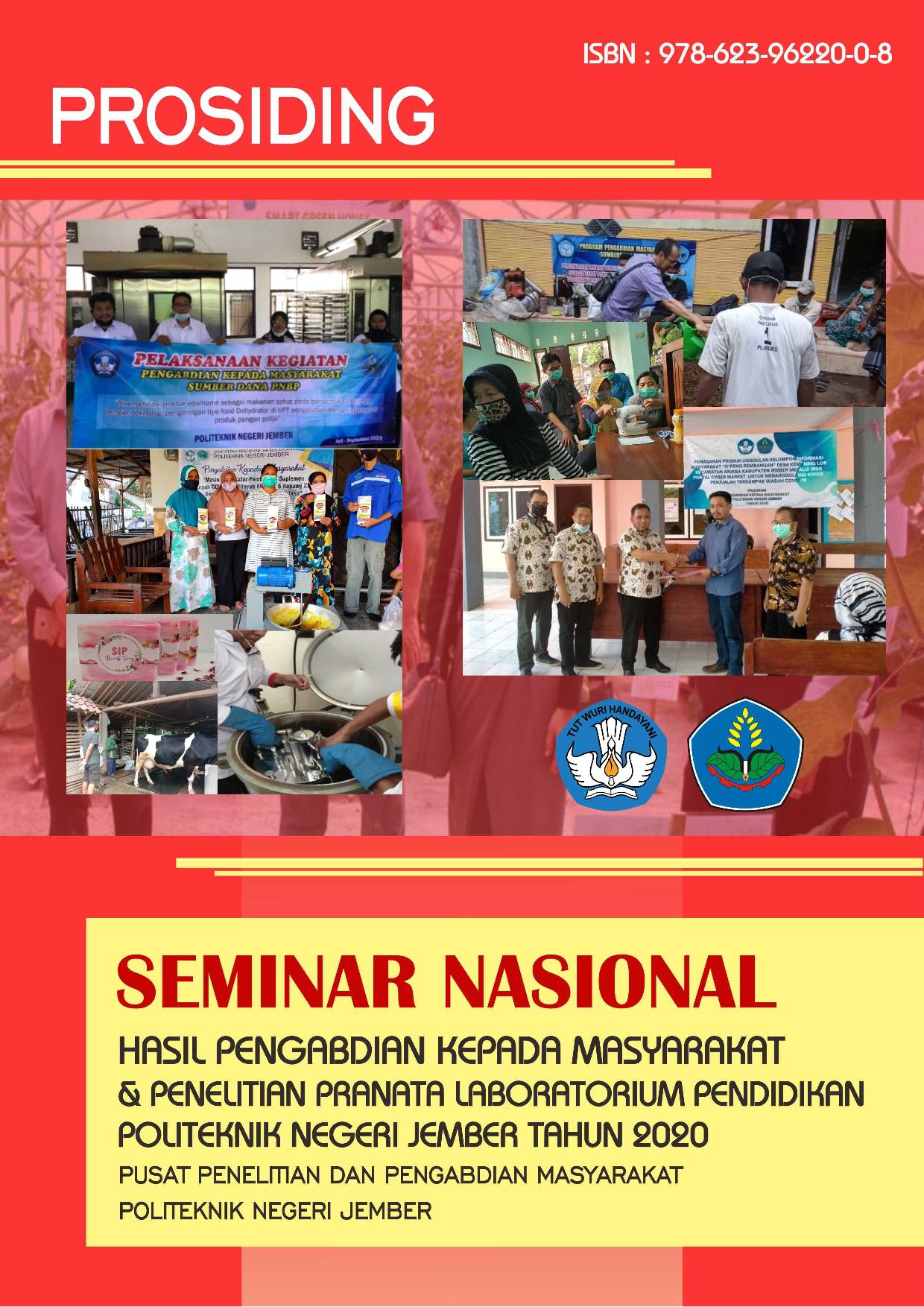Aplikasi dan Uji Kolam Tandon
Kata Kunci:
fibrous composite, hybrid fiber composite, matrix, impact testAbstrak
Composites are two types of materials that have different properties and are combined into one so as to obtain a new material with different properties from the constituent materials. Fibrous composite which is currently being researched and developed in general, composite materials consist of two main elements, namely fiber and matrix.In fiber composites there are several types of composites based on the constituent fibers. There are composites that use long fibers, some that use short fibers, and some that use two fibers in one matrix, namely long fibers and random fibers. The use of two different fibers is commonly called hybrid fiber composite. The use of fiber composite materials is very efficient in receiving loads and forces. Therefore the fiber composite material is very strong and stiff when loaded in the direction of the fiber, on the contrary, it is very weak when loaded in the perpendicular direction of the fiber. Data recording is done directly on the research object. The test material will be compared with the water reservoir material on the market. The results will be tested directly and examined and calculated according to the existing formula. The impact test results show that using natural fibers is almost equivalent to glass fibers / manufacturers. The results of the impact test show that using natural fibers is almost above the non-fibrous plastic materialFrom various treatments, we can take advantage of natural fibers in Indonesia, so that we can reduce the use of synthetic fibers that have been used. By utilizing natural fibers in Indonesia, we can reduce the use of synthetic fibers that have been used so far.
Unduhan
Referensi
Asrikin. (2011). Karakterisasi Fatigue dan Analisa Mikroskopis pada Mekanisme Kegagalan Material Komposit Fiber Gall-Epoxy Untuk Material Sudu Turbin Angin. Jakarta: Universitas Indonesia.
ASTM. (1986). Metal Tes Methods and Analytical Procedures. Philadephia, PA: American Society for Testing Materials.
B. D., Broutman, L. J. (1990). Analysis and Performance of Fibre Composites. New York: Jhon Willey Inc.
Carli, S. A. Widyanto, Ismoyo Haryanto. (2012). Analisis Kekuatan Tarik dan Lentur Komposit Serat Gelas Jenis Woven Dengan Matriks Epoxy dan Polyester Berlapis [5] Simetri Dengan Metode Manufaktur Hand Lay-Up. Semarang: Universitas Diponegoro.
Ismail, Fajar. (2012). Rancang Bangun Alat Uji Impak Charpy. Semarang: Universitas Diponegoro.
Istiqomah, S. (2006). Menanam Hidroponik. Jakarta: Azka Press.
Krismawati, A. (2012). Teknologi Hidroponik Dalam Pemanfaatan Lahan Pekarangan. Malang: BPTP.
Lingga, P. (2004). Bercocok Tanam Tanpa Tanah. Jakarta: Penebar Swadaya.
MODUL OPKR-60-029A. (2004). Membuat (Fabrikasi) Komponen Fiberglass/Bahan Komposit. Yogyakarta: Tim Fakultas Teknik Universitas Negeri Yogyakarta.
Musyarofah. (2010). Pembudidayaan Tanaman Secara Hidroponik Guna Pemanfaatan Lahan Sempit.
Nopriantina, Noni. (2013). Pengaruh Ketebalan Serat Pelapah Pisang Kepok (Musa Paradisiaca) Terhadap Sifat Mekanik Material Komposit Poliester-serat Alam. Padang: Universitas Andalas.
SIMANJUNTAK, Rahmat Kartolo. (2015). Energi Impak Helmet Sepeda Motor yang Dikenai Beban Jatuh Bebas. JURNALIS ILMU PENGETAHUAN DAN TEKNOLOGI TERAPAN "REINTEK" , 7.1.
WIDODO, Basuki. (2008). Analisa sifat mekanik komposit epoksi dengan penguat serat pohon aren (ijuk) model lamina berorientasi sudut acat (random). Jurnal Teknologi technoscientia .
Unduhan
Diterbitkan
Cara Mengutip
Terbitan
Bagian
Lisensi
Hak Cipta (c) 2020 Harijono, Akhmad, Hartono

Artikel ini berlisensi Creative Commons Attribution 4.0 International License.


